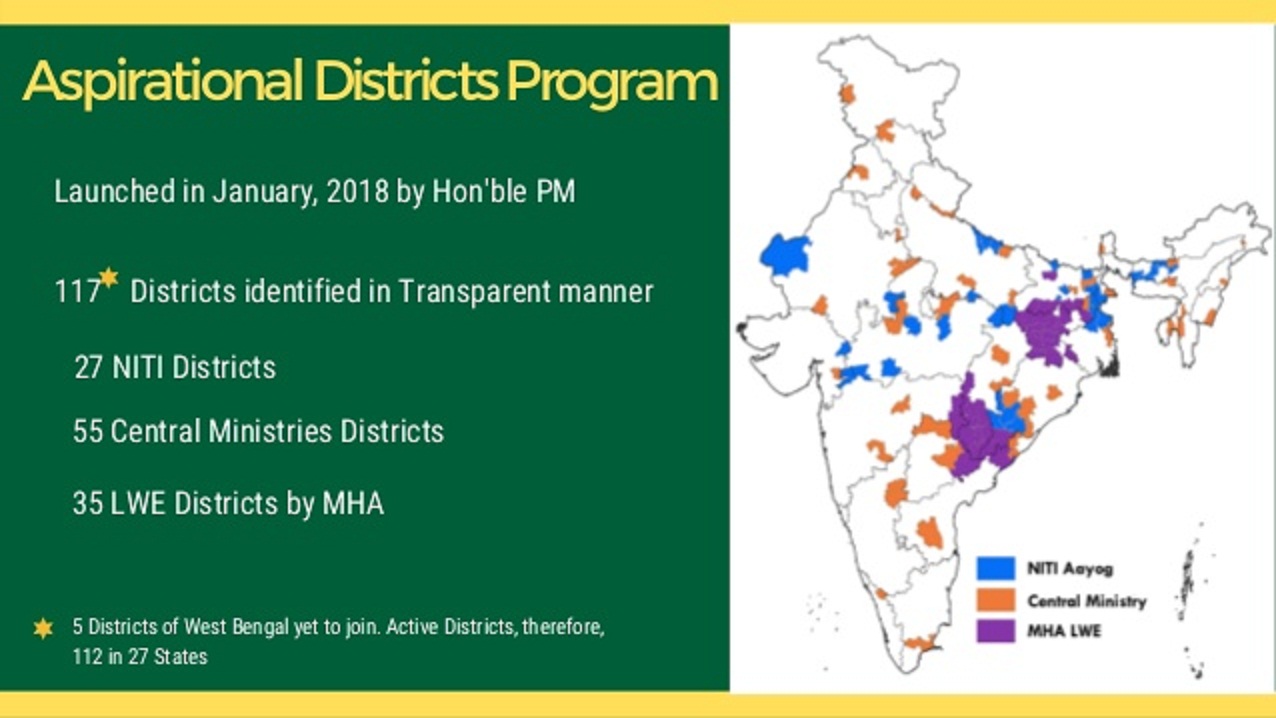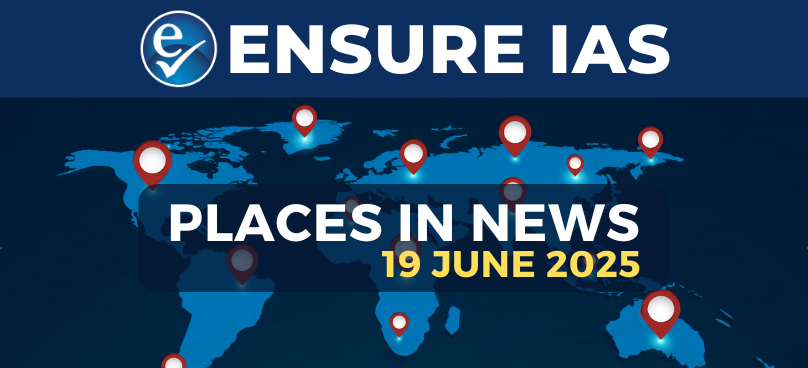- Courses
- GS Full Course 1 Year
- GS Full Course 2 Year
- GS Full Course 3 Year
- GS Full Course Till Selection
- Answer Alpha: Mains 2025 Mentorship
- MEP (Mains Enrichment Programme) Data, Facts
- Essay Target – 150+ Marks
- Online Program
- GS Recorded Course
- Polity
- Geography
- Economy
- Ancient, Medieval and Art & Culture AMAC
- Modern India, Post Independence & World History
- Environment
- Governance
- Science & Technology
- International Relations and Internal Security
- Disaster Management
- Ethics
- NCERT Current Affairs
- Indian Society and Social Issue
- NCERT- Science and Technology
- NCERT - Geography
- NCERT - Ancient History
- NCERT- World History
- NCERT Modern History
- CSAT
- 5 LAYERED ARJUNA Mentorship
- Public Administration Optional
- ABOUT US
- OUR TOPPERS
- TEST SERIES
- FREE STUDY MATERIAL
- VIDEOS
- CONTACT US
Aspirational District Programme
Aspirational District Programme

Aspirational District Programme
Why in News?
Recently, Aspirational Blocks Programme (ABP) has been launched during the 2nd National Conference of Chief Secretaries held from 5th January to 7th January, 2022.
What is Aspirational District?
- Aspirational Districts are those districts in India, that are affected by poor socio-economic indicators.
- It covers 112 districts across the country.
About Aspirational Blocks Programme:
- It was announced in the Union Budget 2022-23.
- It is a development initiative to improve the performance of areas that are left behind on various developmental parameters.
- The ABP is based on the Aspirational District Programme (ADP).
- At Government of India level, programme is anchored by NITI Aayog.
- In addition, individual Ministries have assumed responsibility to drive progress of districts.
- Initially it will cover 500 districts across 31 states and Union Territories, with over half of these blocks located in six states:
- Uttar Pradesh
- Bihar
- Madhya Pradesh
- Jharkhand
- Odisha
- West Bengal.
Broad Outlines of the Programme:
- Convergence of Central & State Schemes.
- Collaboration of Central, State level ‘Prabhari’ Officers & District Collectors.
- Competition among districts through monthly delta ranking.
[Delta ranking of the Aspirational Districts combines the innovative use of data with practical administration.]
Objectives of the ADP:
- It focuses on the strength of each district, identifying low-hanging fruits for immediate improvement and measuring progress by ranking districts on a monthly basis.
- Districts are encouraged to first catch up with the best district within their state, and then become one of the best in the country, by competing with, and learning from others in the spirit of competitive & cooperative federalism.
- The Government is committed to raising the living standards of its citizens and ensuring inclusive growth for all, “Sabka Saath Sabka Vikas aur Sabka Vishwas”.
- The ADP is aimed at localizing Sustainable Development Goals, leading to the progress of the nation.
What are the Parameters for Ranking:
- The ranking is based on the progress made across 49 Key Performance Indicators (KPIs).
- These key indicators are categorized under 5 broad socio-economic themes:
- Health & Nutrition (30%)
- Education (30%)
- Agriculture & Water Resources (20%)
- Financial Inclusion & Skill Development (10%)
- Infrastructure (10%)
Some of the flagship initiatives that have been taken up by NITI Aayog in this regard are:
- Saksham Bitiyan Abhiyan
- Anemia Mukt Bharat
- Surakshit Hum Surakshit Tum
Challenges Associated with ADP:
- Insufficient Budgetary Resources: ADP is affected by the issue pertaining to insufficient budgetary resources.
- Lack of Coordination: ADP is implemented by multiple ministries which leads to a lack of coordination.
- Data High-quality administrative data: It is critical to improving programme implementation and design at the local level.
- Ranking Method: Delta ranking itself is largely focused on assessing quantity (that is, coverage of access) rather than quality.
- Quality of Education: Also, the quality of education in India is in a dismal condition, as highlighted by the ASER report.
Way Forward:
A more simplified ranking index is needed with a few carefully chosen output and outcome measures which can more clearly signal national development targets. Independent surveys can be used to validate administrative data, this will help improve data quality. Also, financial autonomy to local governments should be provided.
Must Check: Best IAS Coaching in Delhi



